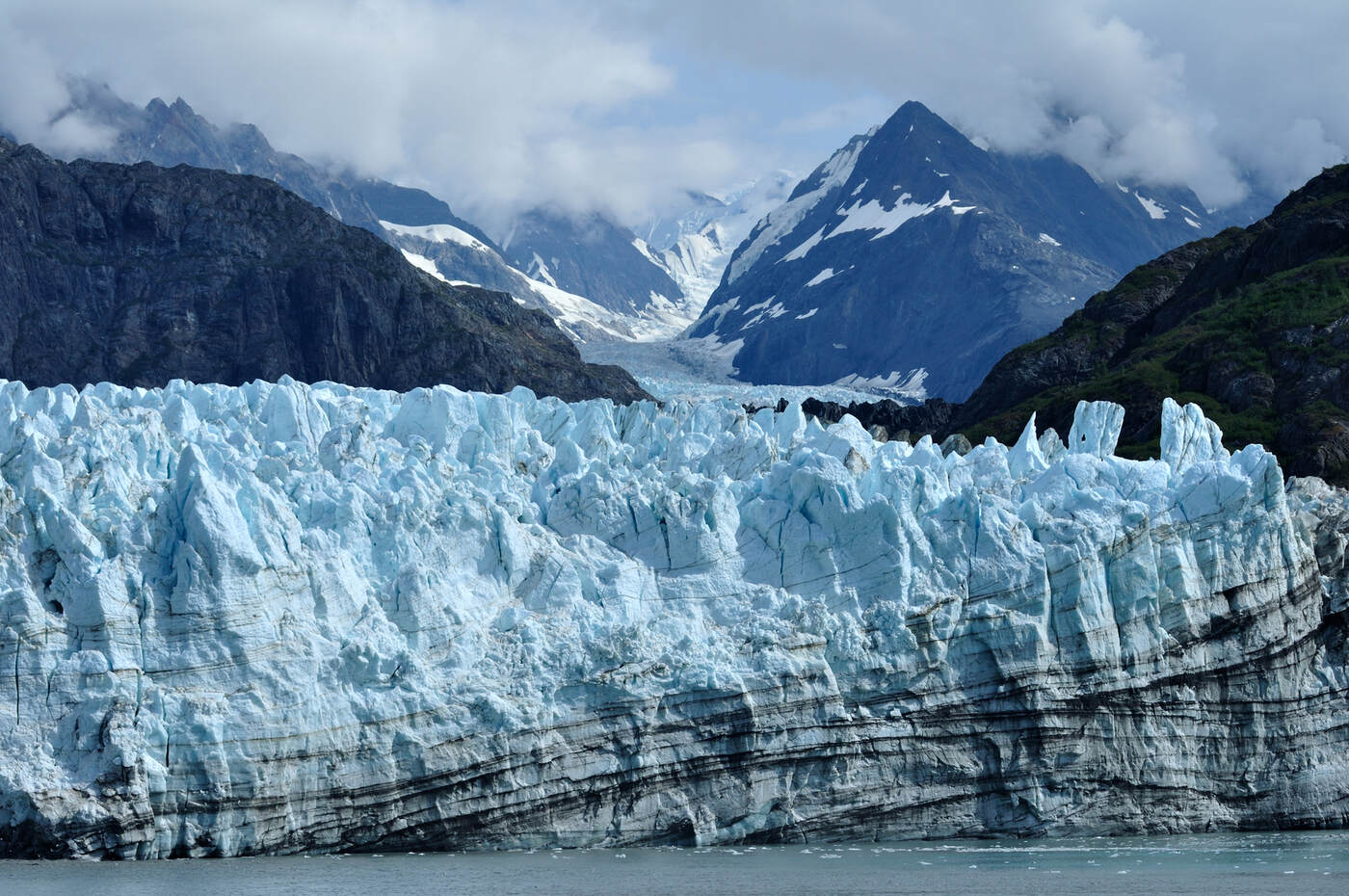
Glacial landforms are nature's way of sculpting the Earth, creating breathtaking landscapes that tell stories of ancient ice movements. Ever wondered how these icy giants shape valleys, fjords, and moraines? Glaciers carve, deposit, and transform terrains, leaving behind unique features that captivate geologists and adventurers alike. From the towering peaks of the Himalayas to the icy expanses of Antarctica, these landforms reveal the power and beauty of glacial activity. Understanding these formations not only enriches our knowledge of Earth's history but also highlights the impact of climate change on these majestic ice masses. Ready to learn 33 fascinating facts about glacial landforms? Let's dive in!
What Are Glacial Landforms?
Glacial landforms are created by the movement and melting of glaciers. These natural features can be found in many parts of the world, showcasing the incredible power of ice over time. Let's dive into some fascinating facts about these icy wonders.
- Glaciers carve out valleys, creating U-shaped valleys, unlike rivers that form V-shaped valleys.
- Moraines are accumulations of dirt and rocks that have fallen onto the glacier surface or have been pushed along by the glacier as it moves.
- Drumlins are streamlined hills composed of glacial till, shaped by the movement of glaciers.
- Eskers are long, winding ridges of sand and gravel deposited by meltwater streams flowing beneath glaciers.
- Kettles are depressions left behind after blocks of ice melt, often forming kettle lakes.
- Cirques are bowl-shaped depressions on mountainsides where glaciers originate.
- Fjords are deep, glacially carved valleys that have been flooded by the sea.
- Aretes are sharp ridges that form between two cirques cutting back into a mountain.
- Horns are sharp, pyramid-like peaks that form when several cirques erode a mountain from different sides.
- Glacial striations are scratches or gouges cut into bedrock by glacial abrasion.
The Impact of Glacial Movement
The movement of glaciers has a profound impact on the landscape, shaping it in unique ways. Here are some intriguing facts about how glaciers move and what they leave behind.
- Glaciers move by internal deformation and sliding at the base.
- Crevasses are deep cracks in a glacier's surface caused by the stress of movement.
- Glacial till is unsorted sediment deposited directly by glacial ice.
- Outwash plains are formed by meltwater flowing from glaciers, depositing sorted sediments.
- Glacial erratics are large boulders transported and deposited by glaciers, often far from their source.
- Roche moutonnée are rock formations created by glacial erosion, with a smooth, gently sloping side and a steep, rough side.
- Glacial polish occurs when rocks embedded in the glacier smooth the bedrock surface as the glacier moves over it.
- Paternoster lakes are a series of small, circular lakes formed in a glacial valley.
- Tarn is a mountain lake formed in a cirque excavated by a glacier.
- Hanging valleys are formed when smaller glaciers join a main glacier, creating a valley that hangs above the main valley.
Glacial Landforms Around the World
Glacial landforms can be found on every continent, each telling a story of the Earth's glacial past. Here are some notable examples from around the globe.
- The Matterhorn in the Swiss Alps is a famous horn formed by glacial erosion.
- Yosemite Valley in California is a classic example of a U-shaped valley.
- The fjords of Norway are some of the most spectacular glacially carved landscapes in the world.
- The Great Lakes in North America were formed by glacial erosion and deposition.
- The Southern Alps in New Zealand feature numerous cirques and glacial valleys.
- Patagonia in South America is home to many stunning glacial landforms, including moraines and fjords.
- The Athabasca Glacier in Canada is part of the Columbia Icefield, showcasing various glacial features.
- The glaciers of Antarctica are the largest in the world, shaping the continent's landscape.
- The Himalayas contain many glacial features, including the famous Khumbu Glacier near Mount Everest.
- The glaciers of Greenland are rapidly melting, revealing new glacial landforms.
The Role of Glaciers in Climate Change
Glaciers are not only fascinating landform creators but also key indicators of climate change. Here are some facts about their role in our changing climate.
- Glaciers store about 69% of the world's freshwater.
- The melting of glaciers contributes to rising sea levels.
- Glacial retreat is a clear indicator of global warming, with many glaciers shrinking at unprecedented rates.
The Icy Wonders of Glacial Landforms
Glacial landforms are more than just frozen landscapes. They tell stories of Earth's past, showing how ice has shaped our world. From majestic fjords to rolling moraines, these features highlight nature's power. Understanding them helps us appreciate the planet's history and the forces that continue to mold it. Next time you see a glacier or a valley carved by ice, remember the incredible journey it represents. These icy wonders are not just beautiful; they're a testament to the dynamic processes that have sculpted our environment over millennia. So, whether you're a student, a nature enthusiast, or just curious, keep exploring these fascinating formations. They offer a glimpse into the Earth's ancient past and a reminder of the ever-changing nature of our planet. Stay curious and keep learning about the world around you.
Was this page helpful?
Our commitment to delivering trustworthy and engaging content is at the heart of what we do. Each fact on our site is contributed by real users like you, bringing a wealth of diverse insights and information. To ensure the highest standards of accuracy and reliability, our dedicated editors meticulously review each submission. This process guarantees that the facts we share are not only fascinating but also credible. Trust in our commitment to quality and authenticity as you explore and learn with us.
